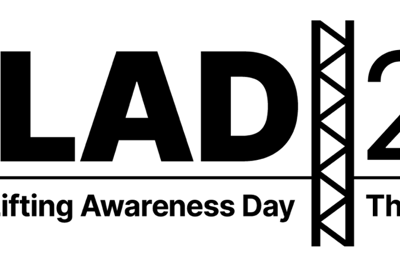Supply chains are a valuable component of modern businesses, but they are also responsible for the most part of companies’ environmental footprint. According to McKinsey, around 80 to 90 per cent of greenhouse emissions of a company occur across the value chain. Here, Neil Bellinger, head of EMEA at automation parts supplier EU Automation, explains what manufacturers can do to improve the environmental impact of their supply chains.
At COP26, one of the spotlights was on creating more sustainable supply chains. For example, a coalition of 20 global companies has unveiled plans to support deforestation-free supply chains and reach the net-positive forest impact by 2030.
Many other supply chain initiatives are needed to improve overall sustainability, particularly in the manufacturing industry, which currently uses around one third of the world’s energy.
Embrace innovations
Sustainability is a continuous practice with new technologies allowing companies to boost their positive environmental impact. Leveraging Industry 4.0 technologies, such as AI and machine learning, helps businesses achieve transparency, energy efficiency and waste minimisation.
According to PwC and Microsoft, AI can help reduce global greenhouse emissions by 4 per cent in 2030, which is the equivalent of 2.4 billion tonnes of CO2 emissions. For example, AI- based predictive analytics can be used for more accurate predictions and planning. Smart software can predict changing customer behaviours and optimise inventory levels for a better product life-cycle management.
New search and pattern recognition algorithms in machine learning can also analyse real-time data to schedule optimal scenario alternatives in case of product shortages and other unexpected events. This allows manufacturers to plan their logistics in advance to avoid waste and unnecessary transport that would generate CO2 emissions.
AI can also be used to support reshoring initiatives, whose goal is to move production closer to home to avoid long-haul transport. AI gives companies visibility into the entire supply market of vendors and manufacturers worldwide, shortening the search process from months to days. This also gives procurement staff more time to focus on building stronger relationships with suppliers.
End-to-end sustainability
For big organisations that rely on multiple suppliers and lengthy supply chains, it is not enough to ensure sustainable practices on their end. The idea of end-to-end (E2E) sustainability refers to monitoring the sustainability of the whole supply chain, from the procurement of materials to how the product reaches customers.
According to international non-profit firm CDP, the impact of end-to-end supply chains on emissions is more than five times that of companies’ direct operations.
While it might be challenging to overlook the entire supply chain and assess the sustainability of many suppliers, it is not impossible. Business owners can start by asking their first-tier suppliers to disclose their list of suppliers and relevant certifications on manufacturing and distribution. If some practices are not sustainable, they can encourage suppliers to adopt new ones, or choose to collaborate with partners who prioritise sustainability instead.
End-to-end sustainability provides greater visibility and communication between parties, diminishes risks, informs future sustainability models and improves customers’ satisfaction.
Circular supply chains
The circular supply chain is a model that encourages manufacturers and sellers to recycle and resell discarded products. Circular systems involves reusing, repairing, refurbishing or remanufacturing to create a closed-loop economy.
In the manufacturing industry, a popular model of circular economy is industrial symbiosis. This method involves partnerships between two or more facilities, where the waste and by-products of one facility become the raw materials for another. For example, some by-products of food and drink industries can be reused as fertiliser in agriculture, or can be used in anaerobic digestion plants to create biogas. Similar examples of symbiotic cooperation include the shared utilisation of specific equipment or facilities to reduce the amount of energy and emissions.
Industrial symbiosis is not only beneficial for reducing the environmental impact of manufacturing companies, but also promotes economic growth. It helps businesses increase their competitiveness and profitability, while maximising their resource efficiency.
EU Automation is actively involved in industrial symbiosis by sourcing parts from industrial plants and selling them as refurbished or obsolete parts. We aim to strengthen the circular economy and create end-to-end sustainable supply chains, while promoting the latest technologies in the search for green initiatives.
To find out more about our sustainable practices and learn more industry-wide initiatives, visit our Knowledge Hub at www.euautomation.com/en/knowledge-hub.








